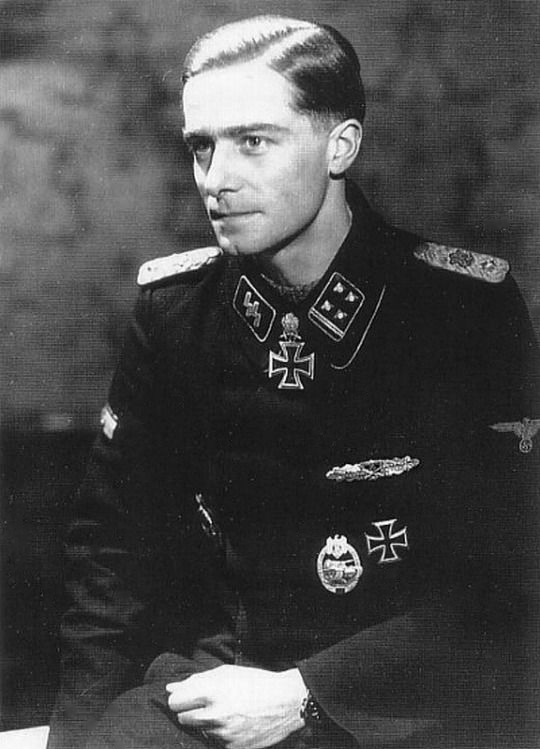From 'A Bridge Too Far' Production Movie Collection. A Bronze Grade, WW2 German Army, Navy or SS Close Combat Clasp by F & B L
Supposedly Manufactured F & B L, 'Funcke & Bruninghaus' in Ludenscheid, although the maker mark F & B L is inverted pseudo style upwards instead of downwards. From an original collection from the film production of 'A Bridge Too Far' starring Sean Connery, Sir Anthony Hopkins, Sir Michael Caine, Maximillian Schell, Liv Ullmann,, Dirk Bogarde, Gene Hackman, Robert Redford, James Caan, Edward Fox, Hardy Kruger, Lord Oliver, etc. etc. of a senior person involved in the film who was given as a gift original pattern 3rd Reich Items, such as war badges, SS Caps etc. including German wartime pattern pieces made for the film's main actors, including a Knights Cross with Oakleaf, a War Cross in Gold etc.. This is one of those pieces from the production, not original but a very good simulacrum indeed. We acquired the collection some while ago and have been selling it a piece at a time.
For 100 years we have prided ourselves on specialising in original ancient, antique and vintage collectables. However, the vintage collectables area also encompasses items of collectable interest made, and or created, for world of film and theatre. Over the past thirty years this has now become an intriguing and incredibly popular aspect of the collectors world, and we are pleased to very occasionally offer such pieces that are relevant to our usual line of interest, such as this finely made piece.
The original award was initiated by Adolf Hitler on the 25th November 1942 to recognise personal bravery, by a member of the Army Navy or SS The Close Combat Clasp was worn above the upper left uniform pocket. The clasp was die-cast and made of either tombac or later zinc, with a slightly curved centerpiece consisting of the national emblem surmounting a crossed bayonet and hand grenade. The award was bestowed in three classes:
For 15 battles of close combat a Bronze Class was awarded.
For 25 battles of close combat a Silver Class was awarded.
For 50+ battles of close combat a Gold Class was awarded.
In order to receive this distinguished decoration, all battles and their dates had to be officially documented by the battle commander, verified by the general in charge and authenticated by several divisions of the war department. It was possible that more than one close combat battle per day was fought and therefore recorded as a separate entity.
An exemption was made if the soldier was wounded in battle so badly that his injuries precluded a return to the front. In such a case, the criteria were reduced to 10, 20 and 40 battles. The highest number of battles in combat recorded is listed at 84 by SS-Hauptscharf?hrer Hermann Maringgele.
The Gold Close Combat Clasp was often regarded in higher esteem than the Knight's Cross of the Iron Cross by the German infantry. Of the roughly 18?20 million soldiers of the German Wehrmacht and Waffen-SS, 36,400 received the Bronze Class, 9,500 the Silver Class and 631 the Gold Class.
In 1944 a version for the German Air Force was created to note the increasing number of Air Force personnel and paratroopers taking part in direct combat The decoration was designed by the military artist Wilhelm Ernst Peekhaus. The badge was die-cast and made mainly of zinc. Depending on the manufacturer the clasp is either straight or slightly curved and measures between 95mm to 97mm wide.
The design features a central motif consisting of the national emblem of eagle and swastika surmounting a crossed bayonet and stick grenade. The centerpiece was cut out and backed with a thin, flat square steel, crimped in place on the reverse. The gold and silver awards were often plated in the same metal, whilst the bronze badge was lacquered with a composition called brennlack
Eligibility;Soldiers of the Heer, Kriegsmarine and Waffen-SS
Awarded for Achievement in hand-to-hand fighting in close quarters
Code: 22113





